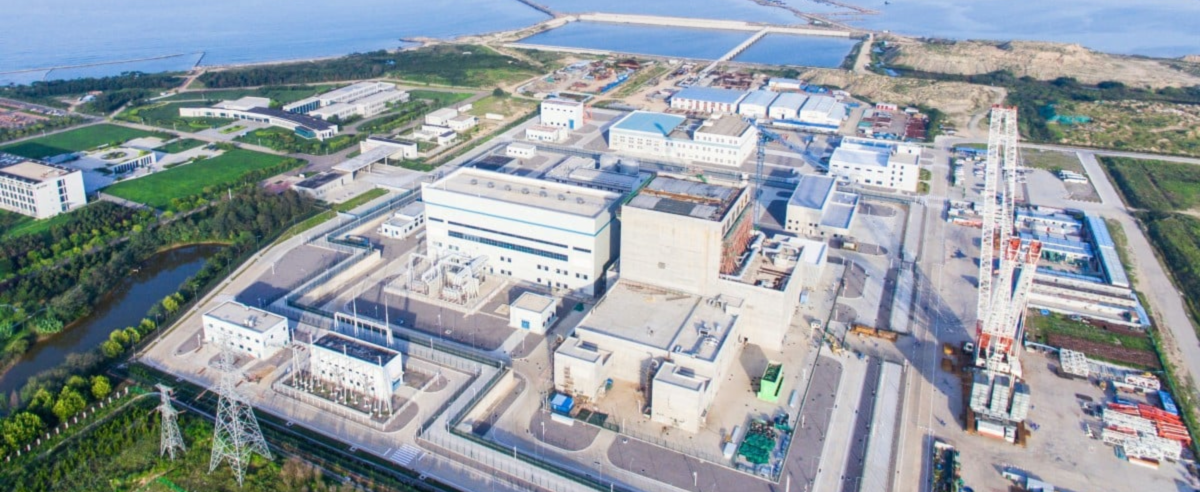World’s First Fourth-Generation Nuclear Reactor Has Commenced Commercial Operation in China

On December 6th, China’s domestically developed Shidaowan high-temperature gas-cooled nuclear power plant completed 168 hours of continuous operation tests and was officially put into commercial operation. This establishes China as the world’s first country to achieve commercial operation of a fourth-generation nuclear power plant.
But what exactly is a fourth-generation nuclear reactor, and how does it differ from its predecessors? To understand this, we need to delve into the evolution of nuclear technology. Nuclear power plants harness the heat released from nuclear fission reactions to generate electricity. In conventional reactors, this heat is transferred via coolant loops to produce steam, which in turn spins turbines connected to electric generators. The first three generations of reactors predominantly rely on water cooling, with ordinary or pressurized light water serving as both coolant and neutron moderator. Examples include pressurized water reactors (PWRs) and boiling water reactors (BWRs), which have been the backbone of nuclear power since the mid-20th century. However, water-cooling brings some challenges, as overheating could lead to steam explosions within the reactor. Additionally, first-generation reactors face issues with nuclear waste, limited fuel efficiency, and safety concerns around meltdowns.
The Fukushima disaster in Japan, triggered by a massive earthquake and tsunami in 2011, raised global concerns over nuclear safety.
Enter the fourth-generation reactor. Unlike its predecessors, this new breed of reactor is designed with inherent safety features and greater efficiency. For instance, the Shidaowan reactor, a high-temperature gas-cooled reactor (HTGR), uses helium gas instead of water for cooling. This not only eliminates the risk of steam explosions but also allows for higher operational temperatures, enhancing efficiency. This enables industrial applications like clean hydrogen production plus higher electrical efficiency of around 50% versus 33% for conventional light water reactors.
 For example, its specialty fuel spheres are encased in protective graphite layers, enabling them to withstand temperatures exceeding 1650°C without releasing radioactivity. This grants them a “meltdown-proof” tolerance to extreme conditions. In fact, the temperature inside the reactor is unlikely to reach such a high level even in an extreme accident. As a result, the HTGR boasts an exceptionally high level of safety. The system also enables convenient modular factory production, making it ideal for flexible seating.
For example, its specialty fuel spheres are encased in protective graphite layers, enabling them to withstand temperatures exceeding 1650°C without releasing radioactivity. This grants them a “meltdown-proof” tolerance to extreme conditions. In fact, the temperature inside the reactor is unlikely to reach such a high level even in an extreme accident. As a result, the HTGR boasts an exceptionally high level of safety. The system also enables convenient modular factory production, making it ideal for flexible seating.
 The Shidaowan plant in Shandong province is the culmination of joint research and development efforts by China Huaneng Group, Tsinghua University, China National Nuclear Corporation, and other institutions. With over 90% of the equipment manufactured domestically, construction began in December 2012. Grid connection was successfully established in December 2021. This final milestone marks the commencement of full-power commercial operation.
The Shidaowan plant in Shandong province is the culmination of joint research and development efforts by China Huaneng Group, Tsinghua University, China National Nuclear Corporation, and other institutions. With over 90% of the equipment manufactured domestically, construction began in December 2012. Grid connection was successfully established in December 2021. This final milestone marks the commencement of full-power commercial operation.




